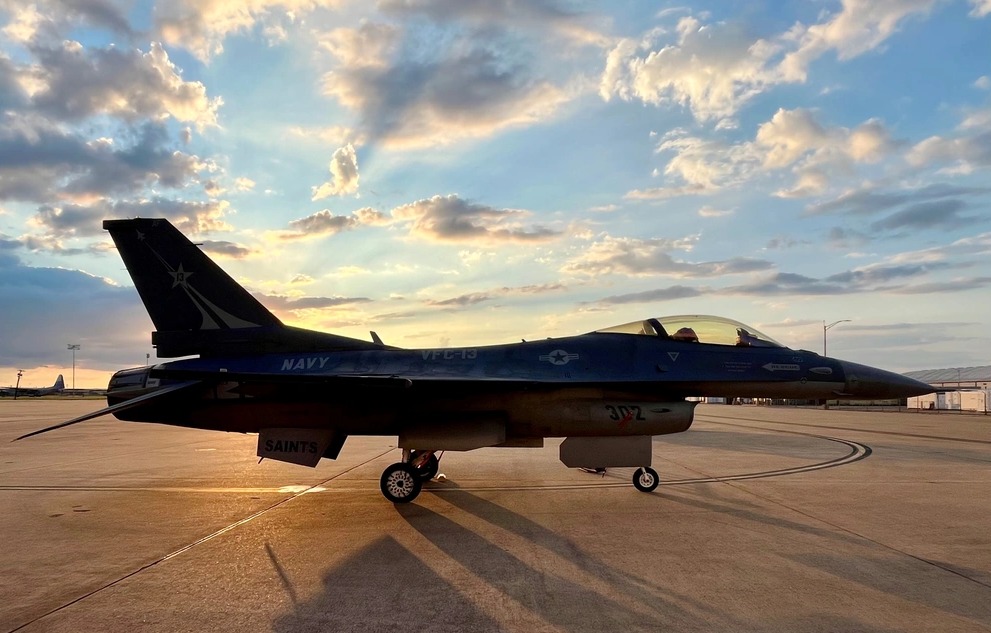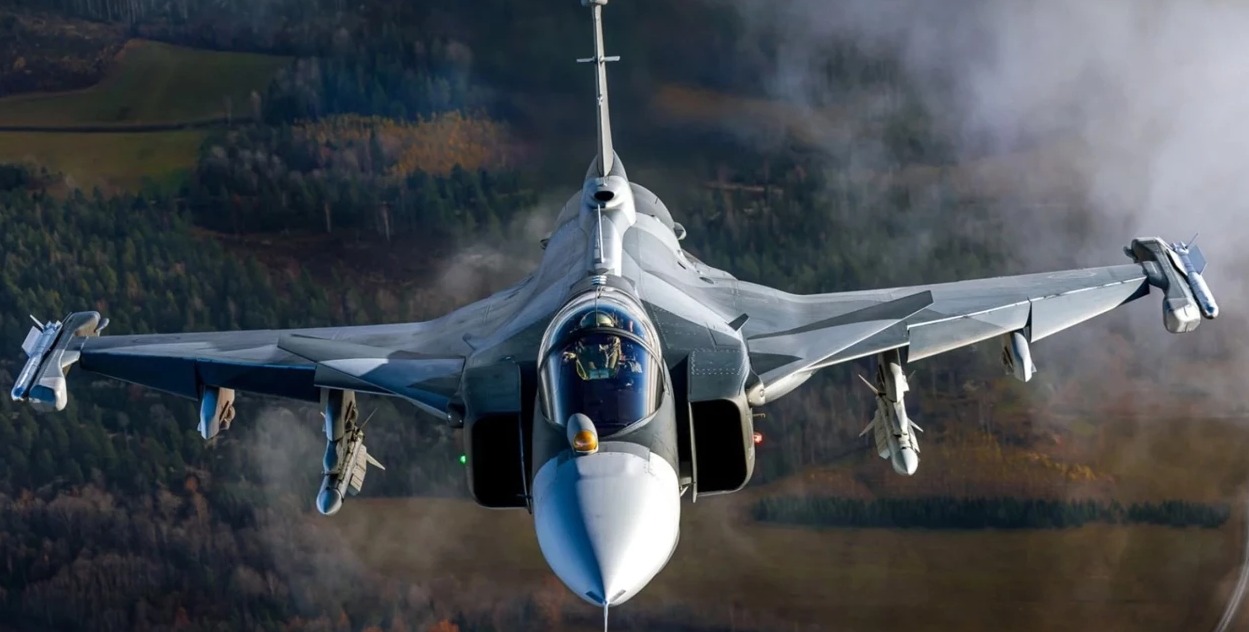With an eye on Peru’s fighter jet contract, the South Korean aircraft manufacturer Korea Aerospace Industries (KAI) inked a Memorandum of Understanding (MoU) with the Peruvian Air Force Maintenance Service (SEMAN) for the production of parts of the KF-21 ‘Boramae’ fighter jet in Peru.
The MoU was one of multiple defense bilateral instruments signed between the two countries on the sidelines of the APEC Summit held in Peru, as announced by Peru’s Ministry of Defense (MoD) on November 17.
South Korean President Yoon Suk Yeol and Peruvian President Dina Boluarte, along with other government representatives from both countries, attended the ceremony.
Industry representatives from South Korea and Peru also inked a framework agreement for the acquisition, co-development, and co-production of armored vehicles and an MoU on the production of submarines. However, the manufacturing of KF-21 parts stands out since the KAI has been eyeing the Peruvian Air Force’s fighter jet contract.
Earlier this year, Peruvian Minister of Defense Walter Astudillo informed the country’s Congress that the draft 2025 military budget allocated US$3.5 billion to purchase 24 fighter jets for the Peruvian Air Force (FAP). Currently, FAP comprises Soviet-era MiG-29, Su-25, the French Mirage-2000, and the American Cessna A-37.
A new fighter jet contract will represent the first such addition by FAP in over 30 years.
The KAI has been making concerted efforts to secure a package deal for its KF-21, a 4.5th generation aircraft, and the FA-50 Light Attack Aircraft. The Peruvian government has reportedly negotiated with South Korea and Korea Aerospace Industries to purchase between 20 and 24 KAI FA-50 light combat aircraft. The government has also reportedly expressed interest in joining the KF-21 program.
KAI President Kang Goo-young said, “If Peru decides to introduce both the KF-21 and FA-50, it will become the first export country to complete KAI’s main fighter jet lineup,” hinting at the company’s coordinated push for KF-21’s export to Peru.
He further added, “Through this agreement, we will strengthen our marketing activities targeting Latin American countries that urgently need to replace their fighter jets by establishing Peru as a production base.”

Notably, if Peru decides to acquire the KF-21, it would give a fresh impetus to the program, which has been hit by co-developer Indonesia dragging its feet on payments, resulting in Jakarta reducing its financial stakes.
The idea might also appeal to Peru, given that the KF-21 has entered the early manufacturing phase. South Korea’s Defense Acquisition Program Administration (DAPA) announced in July that the Boramae multirole fighter aircraft had entered the early production phase.
The aircraft is expected to enter mass production in 2026. The KAI is now looking for customers for its cutting-edge fighters, especially trying to tap the Latin American market, where several countries want to upgrade their aging air fleets.
However, KAI is facing stiff competition from other cutting-edge fighters who are also on offer to the Peruvian Air Force.
Peru Has The World’s Best Fighters On Offer
Peru has no paucity of options as it embarks on the journey to upgrade its Air Force. In addition to the KF-21, the other aircraft in the fray are the Dassault Rafale F4 variant from France, the F-16 Block 70/72 from the United States, and the Saab Gripen from Sweden.
Other aircraft, like the European Eurofighter Typhoon and the American F/A-18 Super Hornet, were also in the contest but, as per reports, have failed to impress the FAP.
The FAP has asserted that it needs an advanced fighter jet that can deliver exceptional performance in air-to-air and air-to-ground missions. The selection procedure will consider many variables, such as compatibility with current systems, operational and maintenance expenses, and the possibility of technical advancements.
Some experts previously stated that since the Rafale is also manufactured by Dassault, it emerges as the natural successor to the Mirage-2000s, which are currently in service with the FAP. However, the US and Swedish manufacturers have put up very strong fronts against the Rafale.

In June, for instance, the US Air Force F-16 Viper Demonstration Team performed a combat air display at the air show in Peru in a bid to show off the F-16 Fighting Falcon’s wide range of airborne capabilities.
At the time, US Air Force Col. Barton Kenerson, the senior military official representing SOUTHCOM, said, “The importance of the F-16 Demo Team being here is to display and show the combat capability of the F-16 Fighting Falcon and what it offers, but also show the commitment and the relationships that we have with Peru.”
The US has been strengthening cooperation with Peru, with an eye on the contract. Some military watchers and reports suggested that the F-16 Block 70/72, with its cutting-edge features, was an obvious frontrunner. If Peru chooses this aircraft, it will mark Peru’s return to ‘American-made’ fighters after over 45 years of divergence, in which French and Russian technology dominated its air force.

Another aircraft that has emerged as a frontrunner is the Saab Gripen-E. Notably, two Latin American countries, Brazil and Colombia, are close to finalizing the deal with the Swedish manufacturer for JAS 39 E/F Gripens.
The EurAsian Times earlier reported that Brazil has signed a letter of intent (LoI) with Sweden to add nine more Saab JAS 39 E/F Gripens to its 2014 order of 36 multi-role fighters.
Also, earlier this month, Swedish media reported that Colombia will buy a fleet of JAS Gripen fighter aircraft. However, there is no official confirmation yet. Still, these reports point to Gripens’ rising popularity in the Latin American market.
With these beasts in the fight, the KAI has stiff competition.
- Contact the author at sakshi.tiwari9555 (at) gmail.com
- Follow EurAsian Times on Google News




